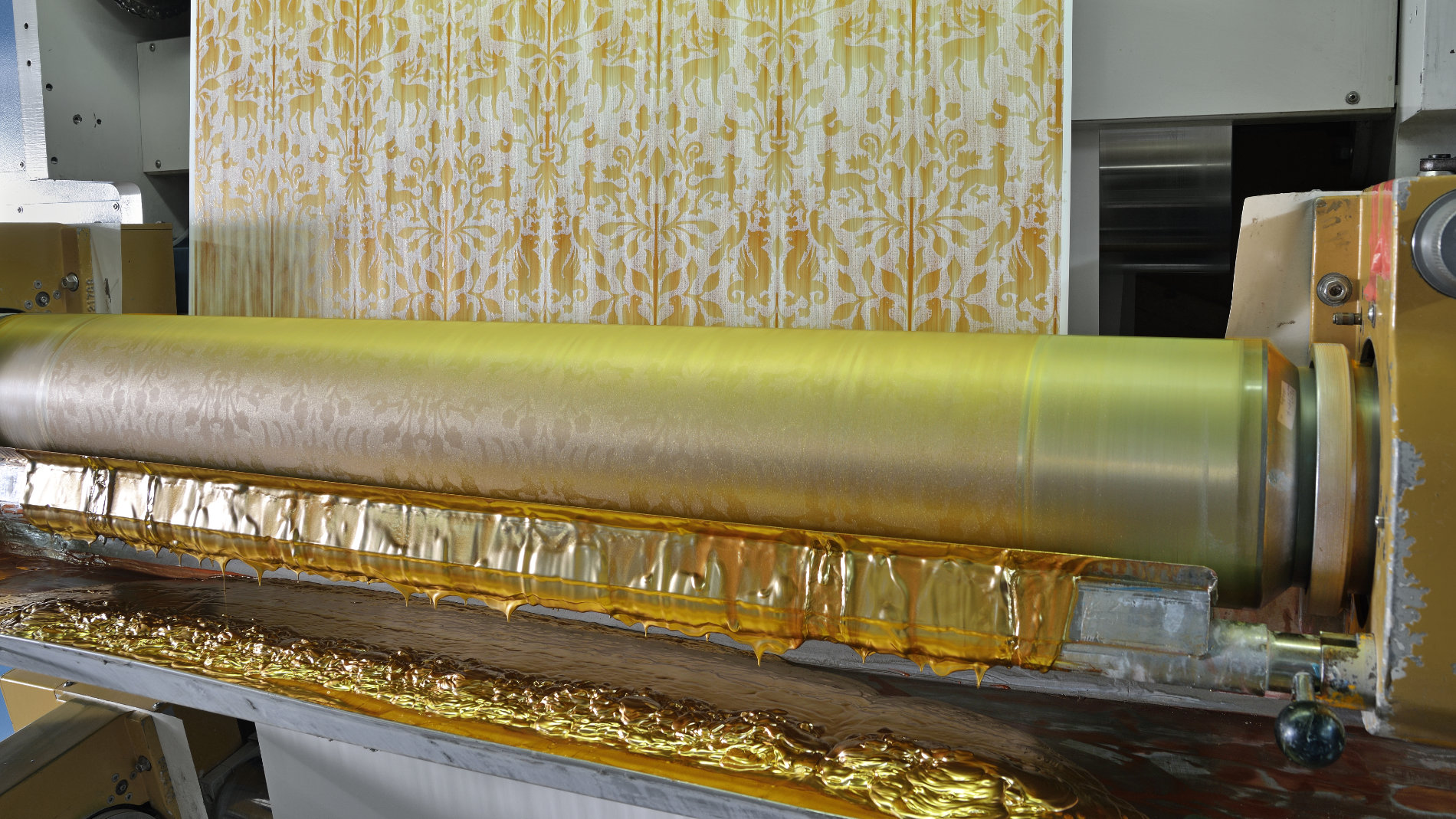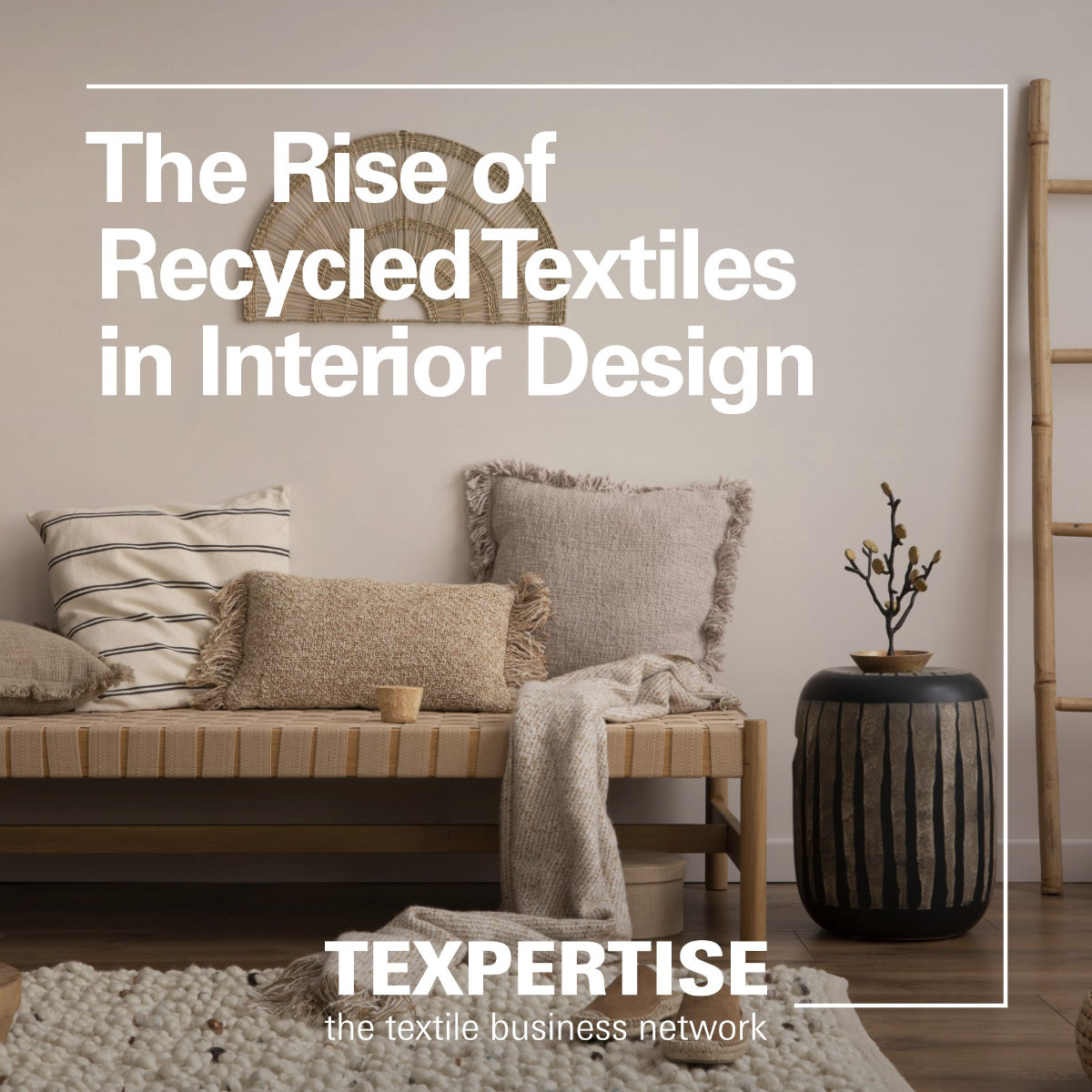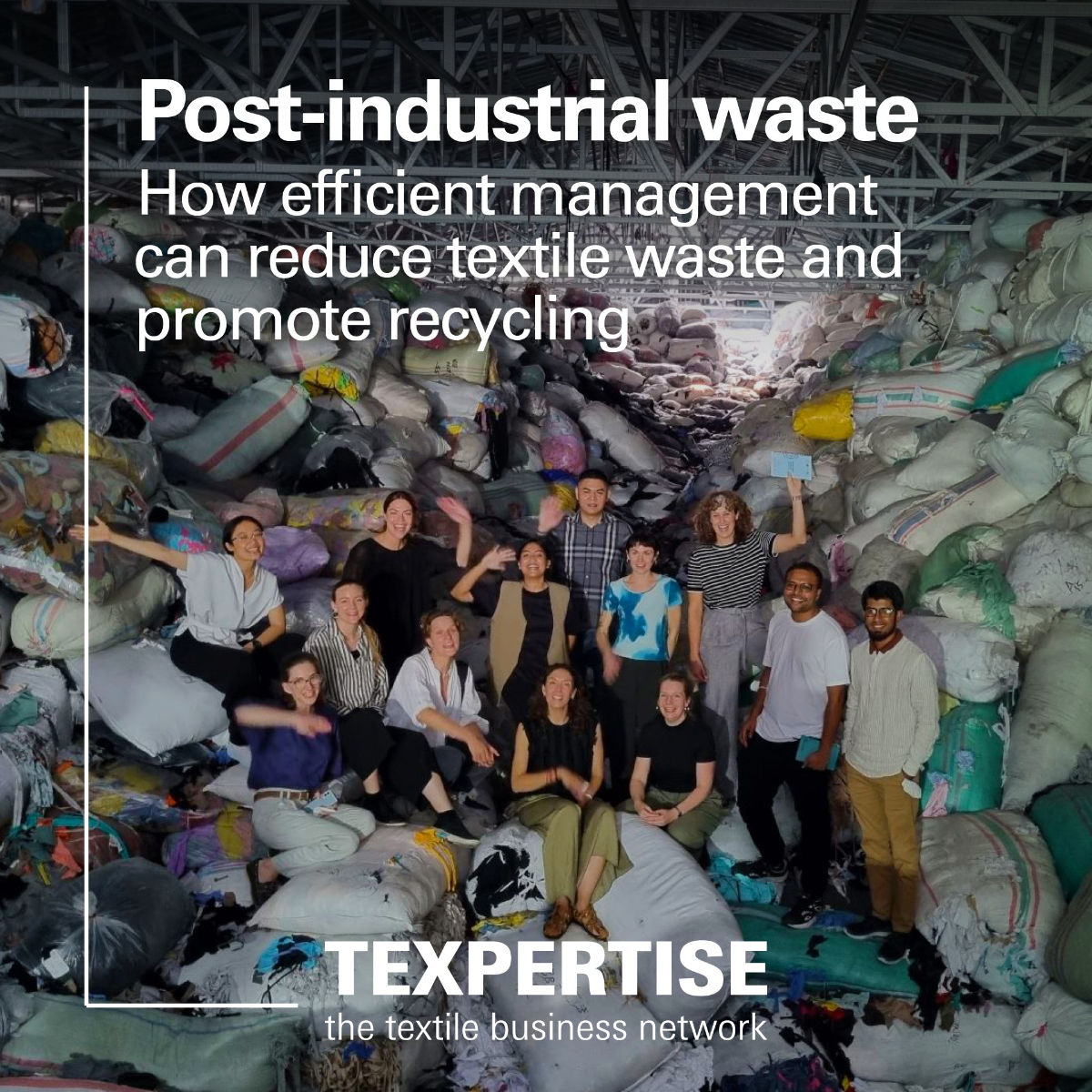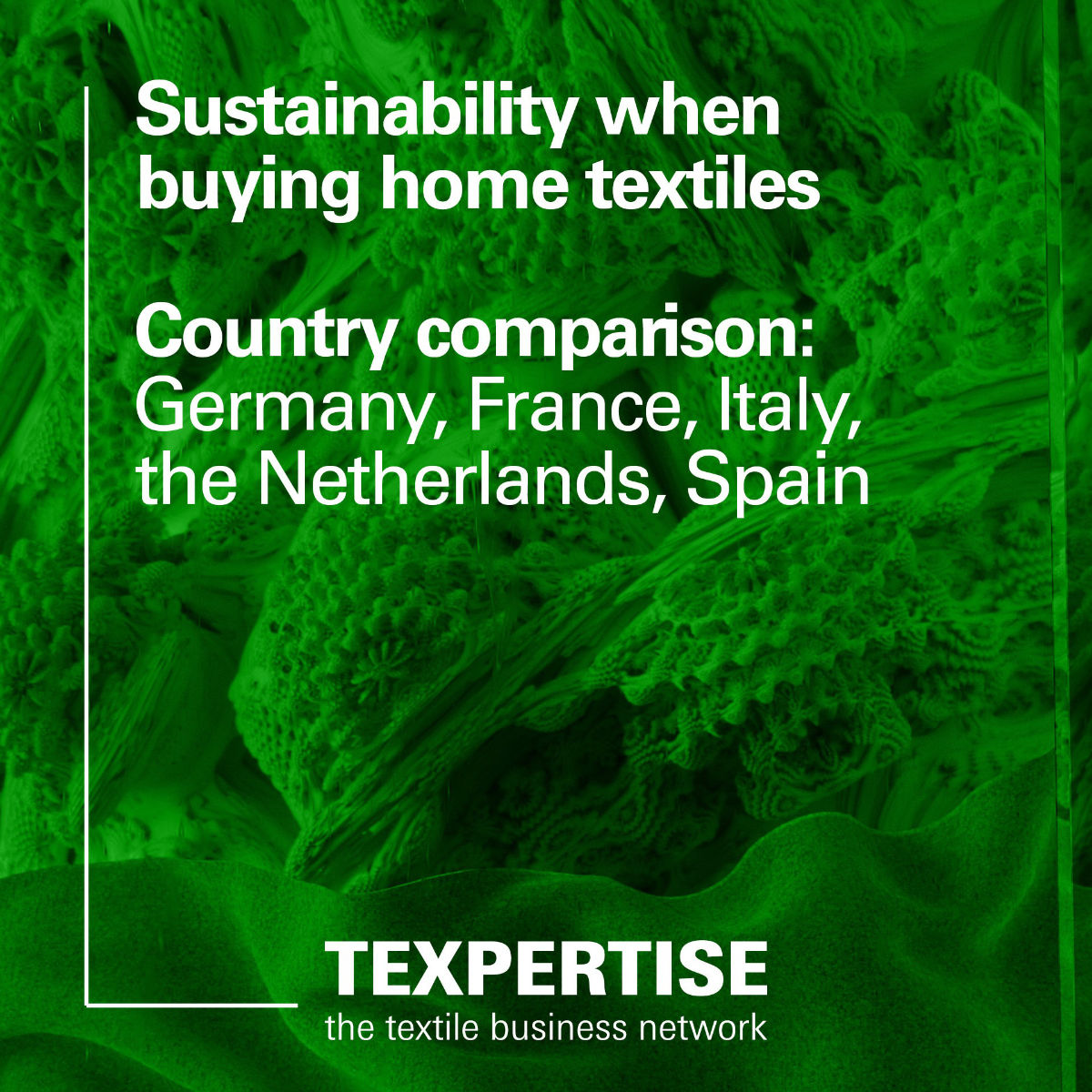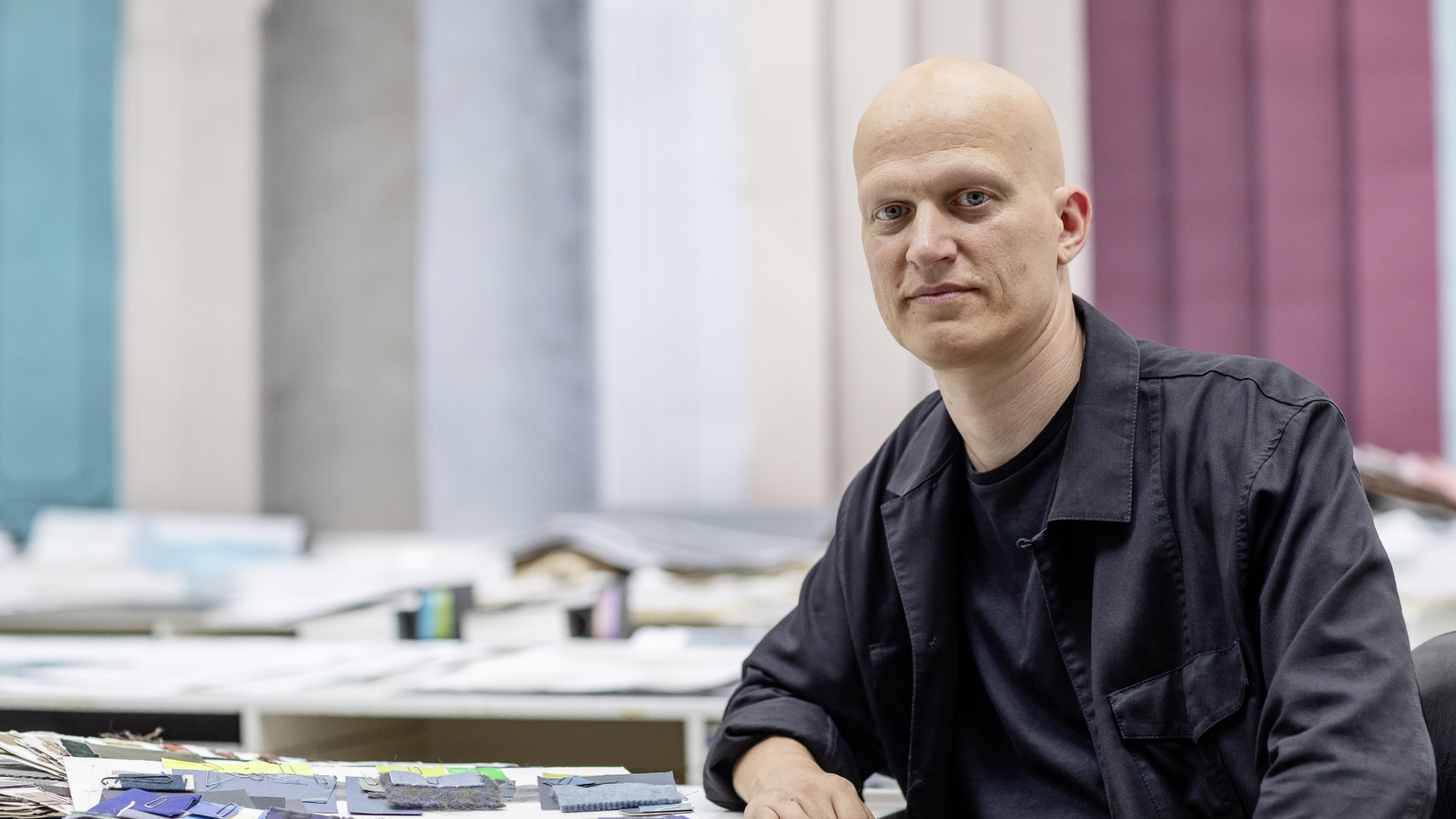
Texpertise Network: Felix, when was the last time you papered a wall?
Felix Diener (laughs): I can give quite an accurate answer to this: that was in 1999. Back then, I was doing an apprenticeship as an interior decorator after graduating from school. I learned how to sew curtains, upholster sofas and wallpaper a room all by myself there.
Texpertise Network: Did you already know then that you wanted to design wallpaper?
Felix Diener: No, that came later. After the apprenticeship, it was clear to me that I wanted to do something with fabrics. That’s why I started study as a textile engineer after completing my training. That was the first time I fully became aware to what extent fabrics surround us in our daily lives. We don’t just wear them as clothes on our bodies or sit on them when we stream films and series – fabrics are embedded as technical textiles in cars, buildings, medical devices and even planes. Back then, I discovered for myself what constitutes the core of my design activity to this day: combining design and technology. When my professors, many of whom were classical engineers, saw my first textile designs, they encouraged me to continue on this path. Some of them literally begged me to switch to textile design. And that’s what I did.
Texpertise Network: Where do you get the best ideas for new wallpaper designs?
Felix Diener: I know this is kind of the classic answer to this question, but it’s really true: the best ideas come to me in the shower. Nature is also an important source of inspiration, as are art, exhibitions and everyday life around me. But I also find lots of stimulus for new patterns, designs, colours and shapes at trade fairs such as Heimtextil, where studios from all over the world regularly present their latest ideas for the home.
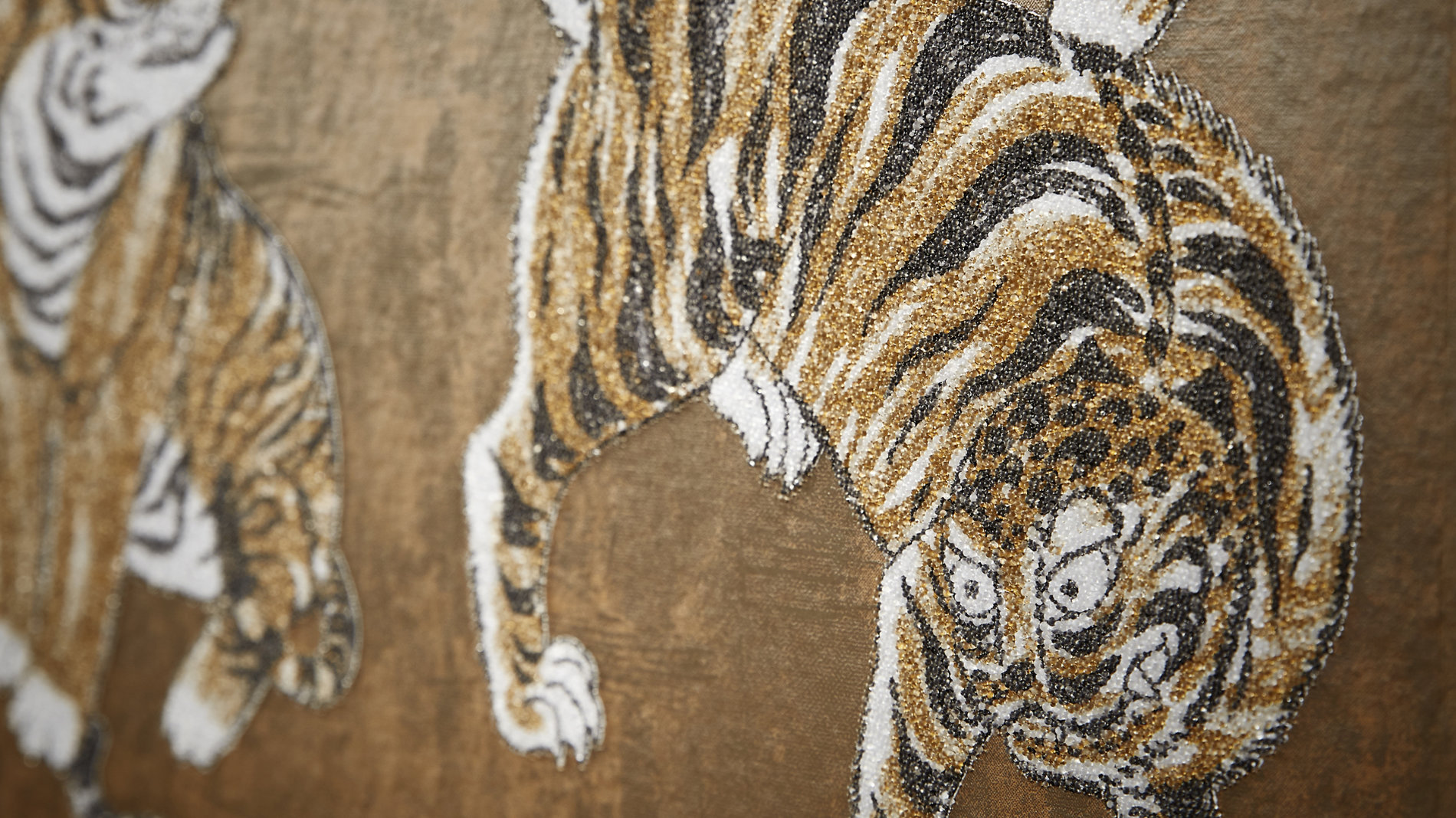
Texpertise Network: What challenges do you face when developing new wallpaper designs?
Felix Diener: The biggest challenge for me as a designer here at the Marburger Tapetenfabrik is the balancing act between mass production and creativity. Let me explain that briefly: we supply around 10 million rolls of wallpaper to over 90 countries every year. That’s 45,000 rolls a day – or more than 120,000 kilometres of wall coverings. You could wrap around the earth with that three times over. This shows that wallpaper is a mass product that is bought every day by millions of people around the world. Creating new designs, however, is always a very individual process – it’s about attention to detail, one’s own sense of aesthetics, and forms. So I always find myself in a place of conflicting ideals between, on the one hand, designing a mass product that many people like and, on the other hand, designing in such a way that I like the result first and foremost. But that’s what makes it so appealing.
Texpertise Network: Thanks to smartphones, social media and global networking, everything is always just a few clicks away. What significance does wallpaper have for you in a digital world?
Felix Diener: I have felt for a long time that the smooth surfaces of our smartphones, which we use to swipe our way through the world, our lives, our friends and families, have led to the value of touch being lost somewhat. The need for haptic experiences is deeply rooted in us. Anyone who orders clothes on the internet, for example, greatly value paying for them only after they have tried them on and touched them – in other words, felt them. I am convinced that the haptic experience is something that people need. People want to touch the world – they want to experience it that way. I think we’ve been ignoring this for far too long, and many of us have noticed it too. This longing for touch is also evident in the home textile sector. Why is linen bedding booming? Because linen gives you a completely different haptic experience than normal bedding. And that also applies to me for wallpaper: a white wall is like a screen – just plain. Wallpaper, on the other hand, has structure, has character, shine, colours, shapes. Wallpaper makes something happen on the walls!
Texpertise Network: You also offer clay wallpaper. Is that a joke?
Felix Diener: Not at all. We have even applied for a patent on the wallpaper!
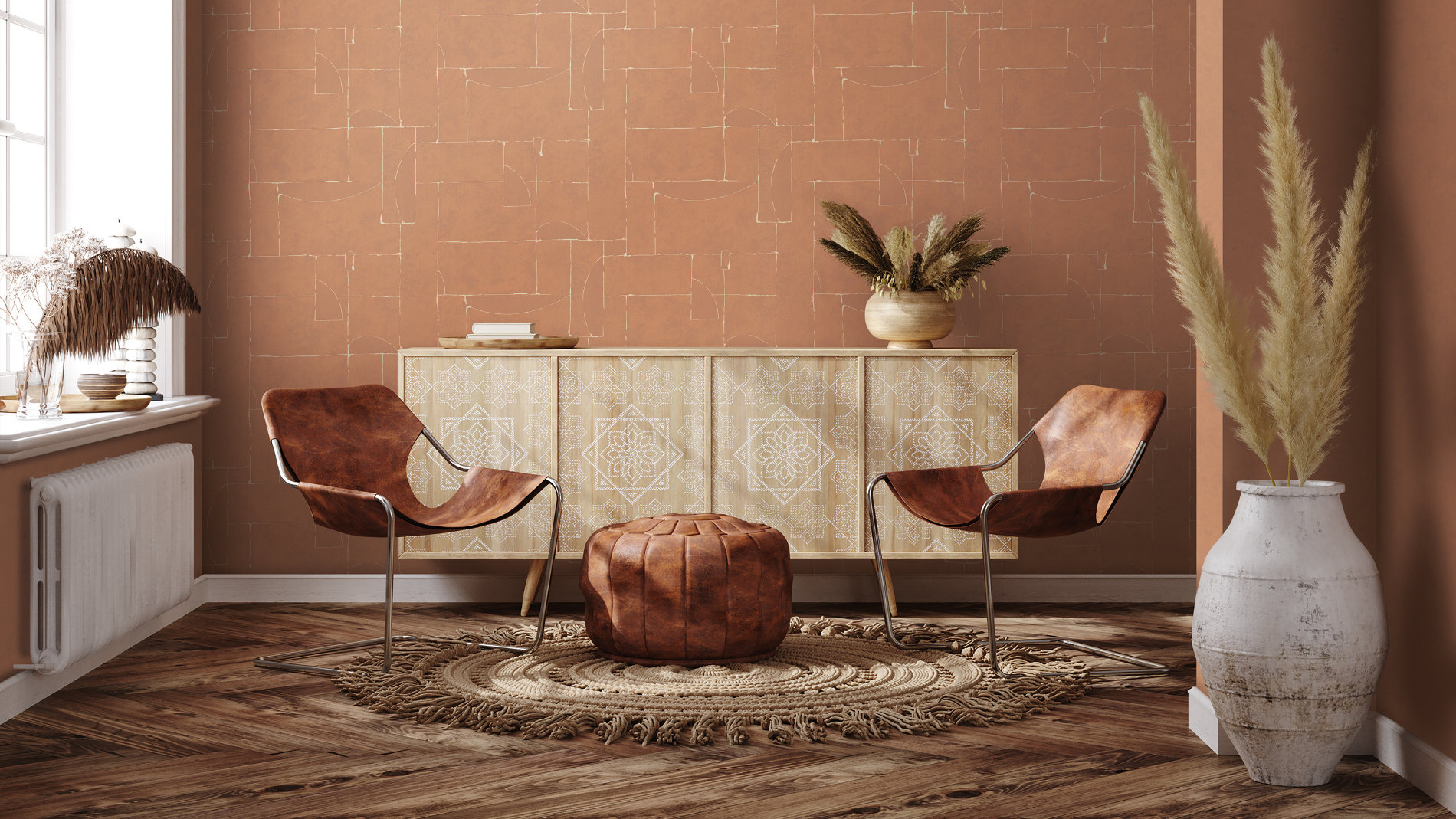
Texpertise Network: Wallpaper made of clay? Are you serious?
Felix Diener: We’re dead serious! I can already see that I have to provide you with some background. We have our own research and development department here. It has been headed by a chemist with a doctorate in his field for three years. He also has his own laboratory there and experiments with all kinds of pastes for wallpaper, which we make ourselves from different raw materials. And this chemist is really ambitious! Almost every week, he comes to me with a new wallpaper idea. One day, he had the idea of clay wallpaper, where the top layer is mostly made of clay. I immediately thought it was a great idea. By the way, the clay we use for this comes from an opencast mine here in the region. Many DIY stores are downright crazy about the clay wallpaper. This certainly has to do with the fact that consumer demand for sustainable products is increasing.
Texpertise Network: Thank you for talking to me, Felix.
About the 'Marburger Tapetenfabrik'
Designer Felix Diener has been creative director at Marburger Tapetenfabrik since 2019. The family-run business, founded in 1845, claims to have more than 5,000 wallpaper designs in its range and generates an annual sales of 50 million euros with around 300 employees. For new wallpaper motifs, the Marburger Tapetenfabrik, whose wallpaper hangs in hotels of the Hilton, Radisson, Marriott and Grand Hyatt chains, regularly collaborates with well-known personalities – including pop art artist Allen Jones, painter Niki de Saint Phalle, designer Karim Rashid, fashion designer Harald Glööckler, designer Luigi Colani and star architect Zaha Hadid. Special wallpaper produced by the company: in 1965 it invented textile wallpaper, followed by wallpaper for shielding electromagnetic fields, antibacterial wallpaper and infrared wallpaper.
